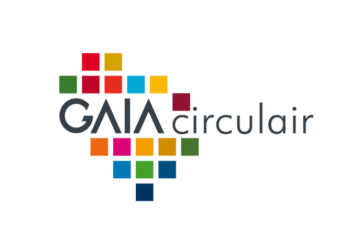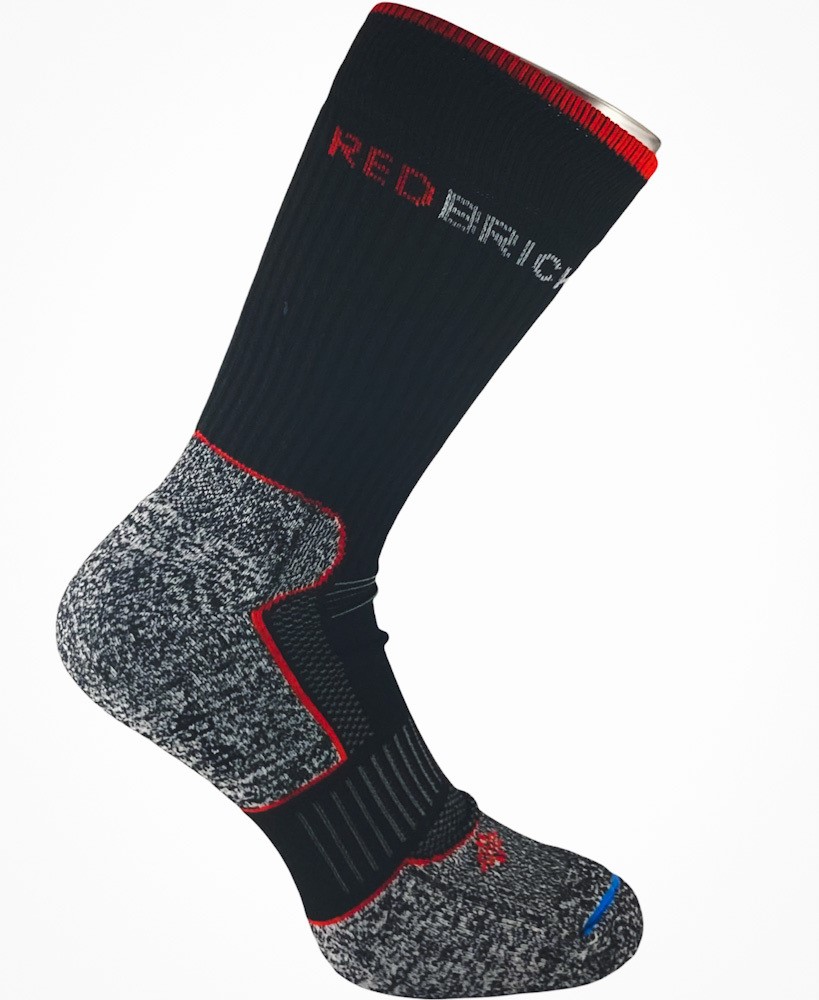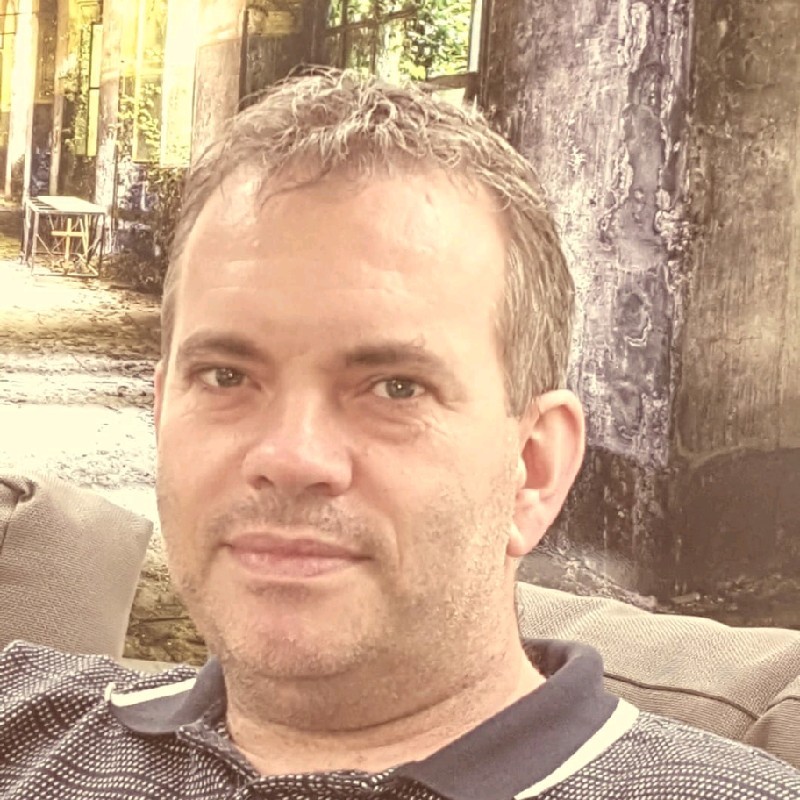

One of the costliest aspects of circular manufacturing is reverse logistics, and without returning products, a circular economy simply cannot exist. That is why GAIA Circular collects end-of-life goods, such as workwear, in Resource Boxes. The valuable contents of these boxes are first sorted according to various criteria such as colour and material type, taking the possible next uses into account. In the case of textiles, more than 50 types of sorted goods are baled and taken to partner organisations. Here, the material is processed into new products, using components and/or making new yarns. Application examples include bags and socks, as well as car upholstery. GAIA’s solutions also contribute to achieving the UN Sustainable Development Goals by retaining material value. Moreover, the company succeeds in keeping materials and production within Europe, preventing waste and improving the quality of recovered materials. In this way, GAIA Circular helps companies convert end-of-use products and materials into new materials, saving money and environmental impact.

Work socks made out of recycled materials sourced from used workwear. Collection and sorting is provided by GAIA Circulair, socks are made by Vodde.

GAIA Circular addresses some of the biggest challenges in the circular economy, such as reverse logistics. Products often have a certain period of use, after which they are discarded and incinerated. To make full use of all available materials, reverse logistics and the sorting process must play a central role in our production methods. Therefore, GAIA Circular collects their customers’ used products in their Resource Boxes, after which part of it is converted into new yarn.
All this is supported by C_passport®, in which their customers can track the defined period of use, impact data and reverse logistics information.
The data stored in C_passport® helps GAIA Circular create valuable insights for their clients. Cirmar’s impact data consists of saved H2O, CO2, energy and (raw) materials. GAIA in turn translates this information into their own dashboard, where clients see the impact translated into number of showers, trees, waste bins and hours of social return on investment (SROI). This allows them to communicate their company’s impact more clearly than ever.
GAIA Circular and Cirmar believe that the large number of environmental labels should be reduced. That is why we both use the Sustainable Development Goals (SDGs) as reference points to communicate impact data. By translating the data into progress on the SDGs, GAIA Circular contributes to achieving those goals. It provides a clear, transparent, and fair impact data communication tool.

“The numbers tell the story. You can only find circular solutions if you know those figures.”